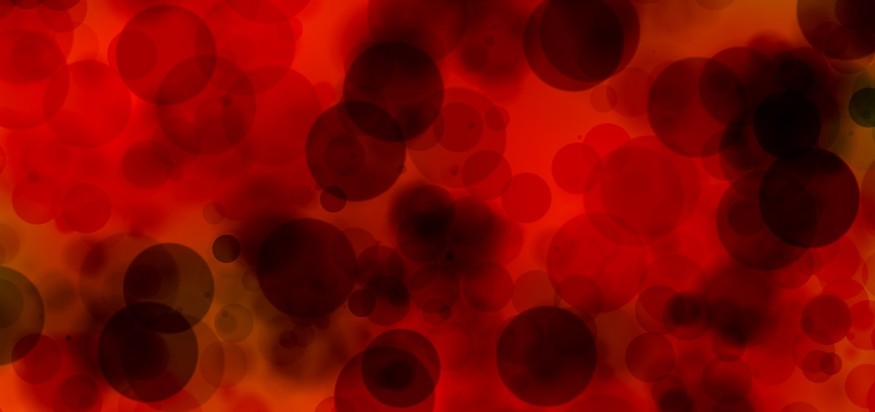
Desperate family members are scrambling to gain access to convalescent plasma therapy for their loved ones who are battling COVID-19. A family in Los Angeles has been pleading the doctors at Kaiser Permanente Downey Medical Center to try convalescent plasma treatment to Stephen Garcia, who has been seriously ill with COVID-19.
Convalescent plasma therapy has been gaining popularity lately. In a recent study, 10 severely ill patients from China received plasma treatment, and their COVID-19 symptoms have rapidly improved within the first three days after just a single dose of convalescent plasma. Lesions in their lungs have also improved within seven days, and the virus disappeared in their blood after seven days.
To donate plasma, a potential donor must have had a positive COVID-19 diagnosis as certified by a lab test, and have fully recovered, with no symptoms for 14 days, and a second negative test result. A donor must also meet existing donor eligibility requirements, such as blood type compatibility, health requirements, etc.
Blood centers and hospitals across the United States and the world have been fast-tracking their efforts to collect convalescent plasma from COVID-19 survivors on the theory that it contains antibodies that can improve the condition of patients.
An anesthesiologist from Colorado, Dr. Michael Leonard, has been one of the first COVID-19 patients in the state to receive convalescent plasma. It was from a donor who had previously recovered from the disease. The donor has donated the plasma to the blood center at Children's Hospital Colorado. The doctor's chances of recovering look promising as his body appear to be rebounding.
Michael Kevin Rathal, a 52-year old from Orlando, Florida, is battling COVID-19. He has been previously administered with different antibiotics and hydroxychloroquine. Unfortunately, nothing worked, that's why his wife begged the doctors to try convalescent plasma treatment. Rathal has been put on a ventilator and has been placed in a medically induced coma on April 4.
His donor, James Crocker, has recently recovered from COVID-19. He gave his plasma on April 8, Wednesday morning, and Rathal received it that night. On April 12, Easter morning, doctors have shown his family signs of improvement. One of his doctors facilitated a video call with his family to show them that he was waking up from his week-long coma.
Stephen Garcia's family is desperate to have him undergo the experimental treatment. Garcia has been on a ventilator for two weeks and has been unresponsive. However, hospital officials have refused to enroll Garcia in any clinical trial or to seek individual emergency use of convalescent plasma or any expanded access program despite FDA's authorization for these pathways, particularly for gravely-ill patients.
Dr. Michael Joyner, the principal investigator of the Convalescent Plasma Expanded Access Program, said that the number of eligible plasma donors limits plasma treatment. The biggest issue, according to him, is building up the supplies. Medical professionals also agree that antibody-rich plasma may be promising, but does not guarantee recovery.
Families have not been deterred despite the limitations, and several of them have been seeking out their sources. Many families have taken into Facebook and Twitter to put out the word of their need for plasma donors.
© 2024 NatureWorldNews.com All rights reserved. Do not reproduce without permission.






